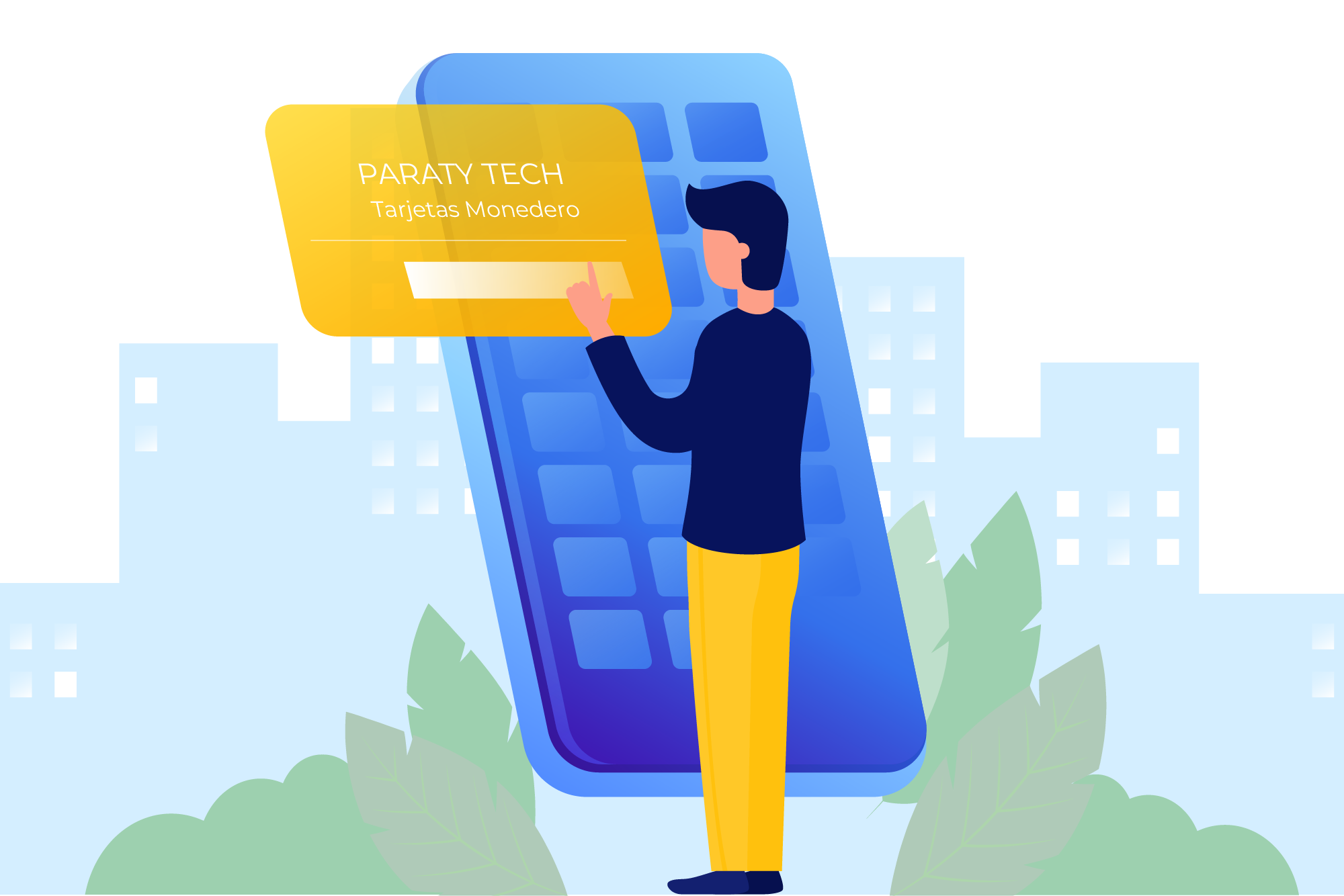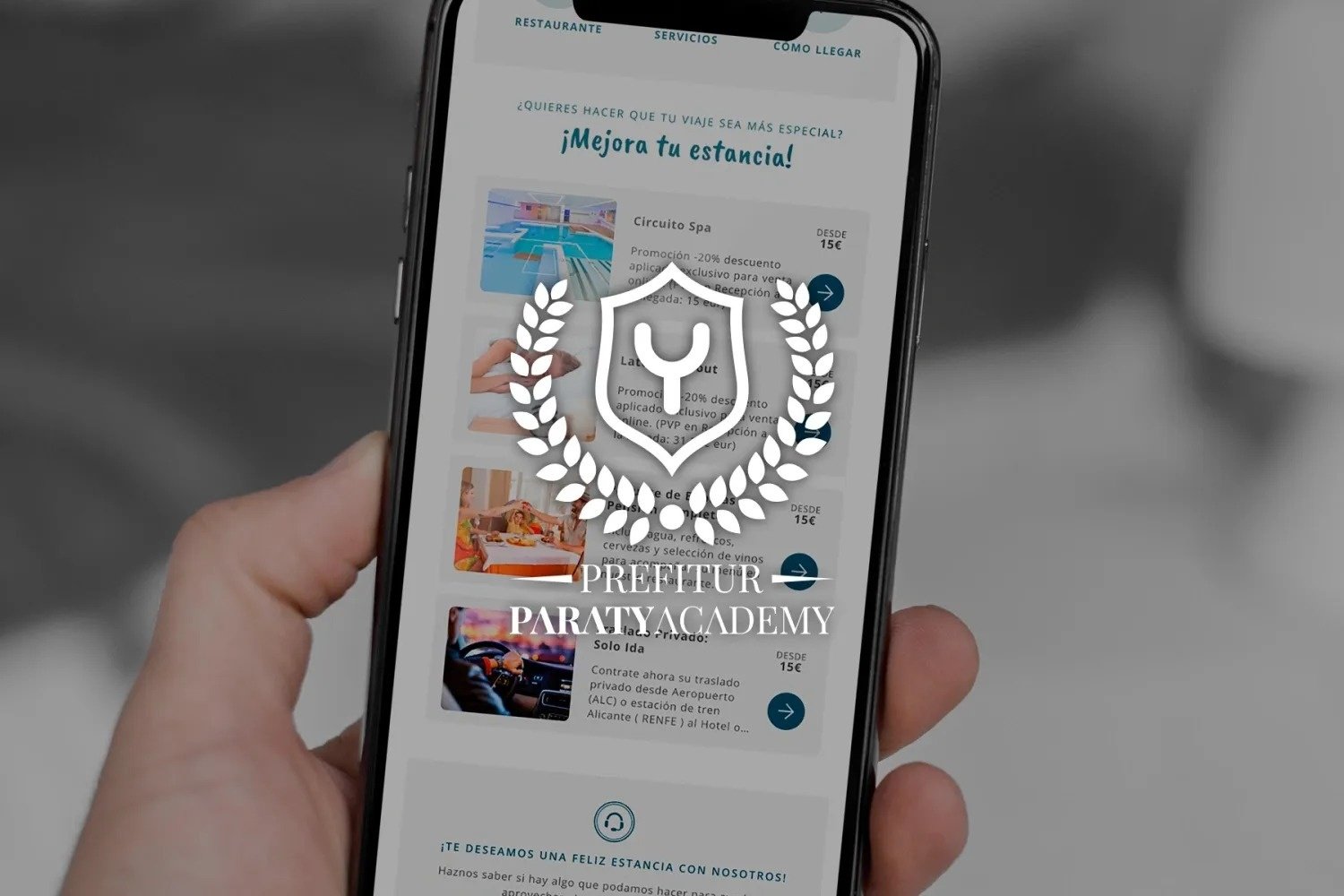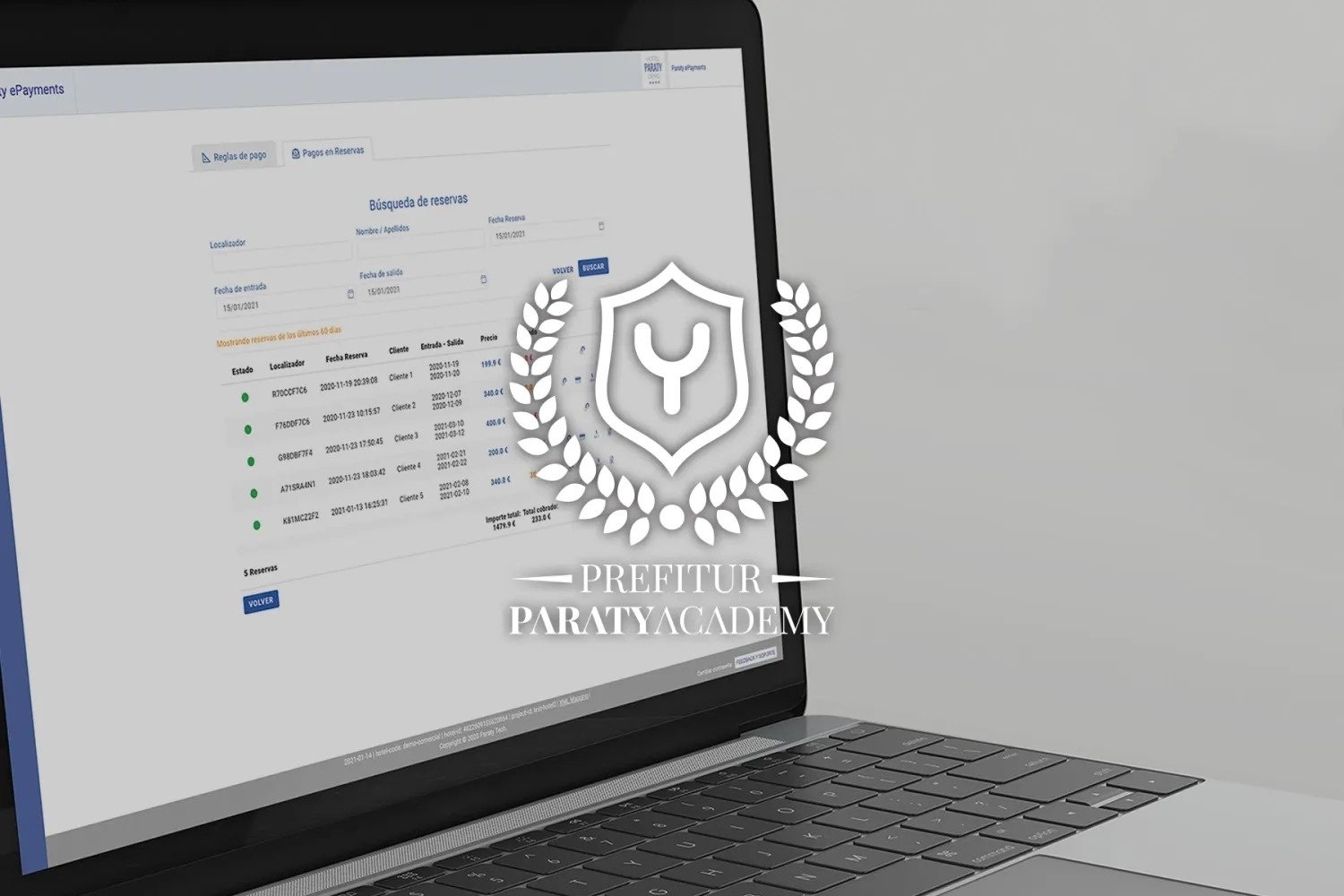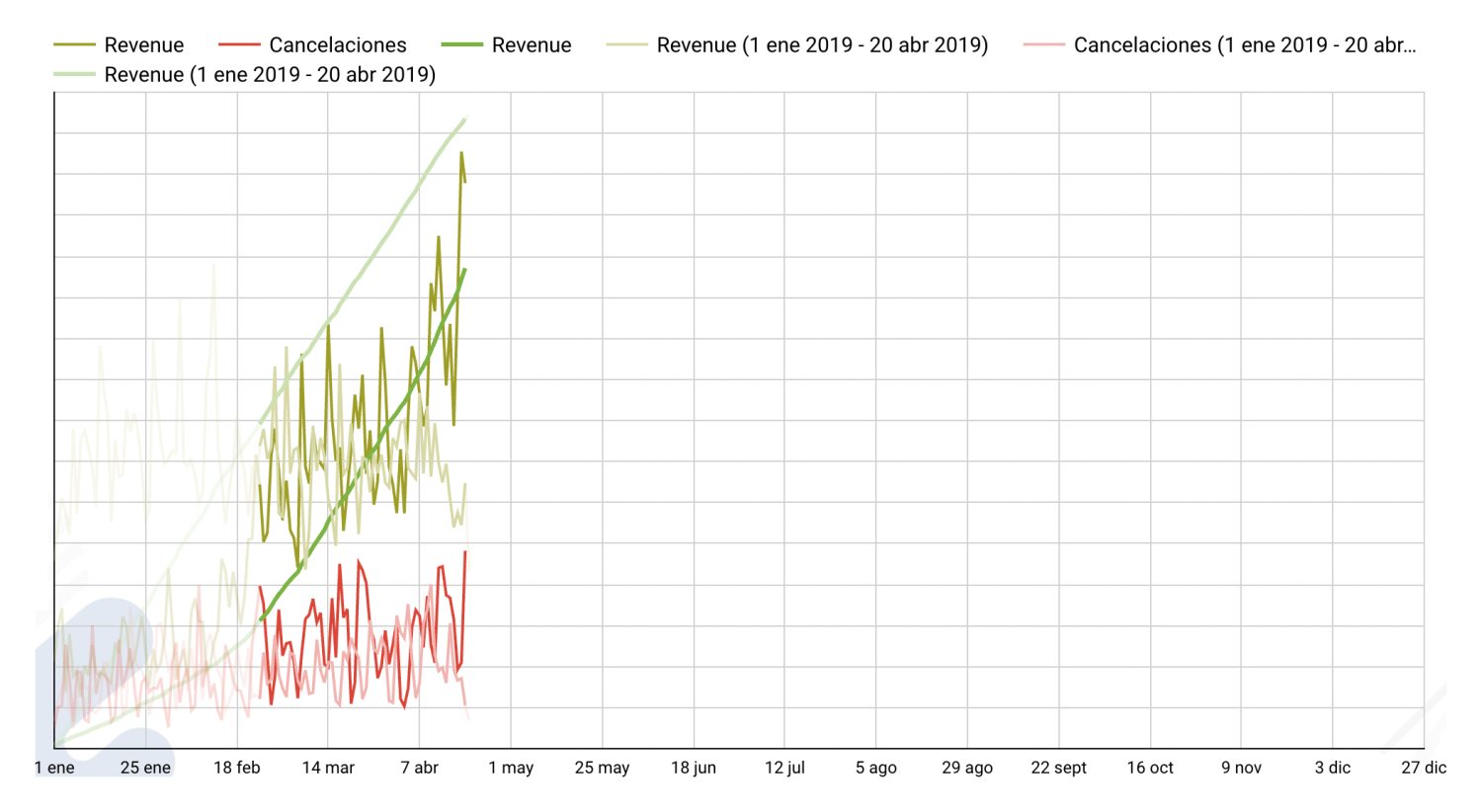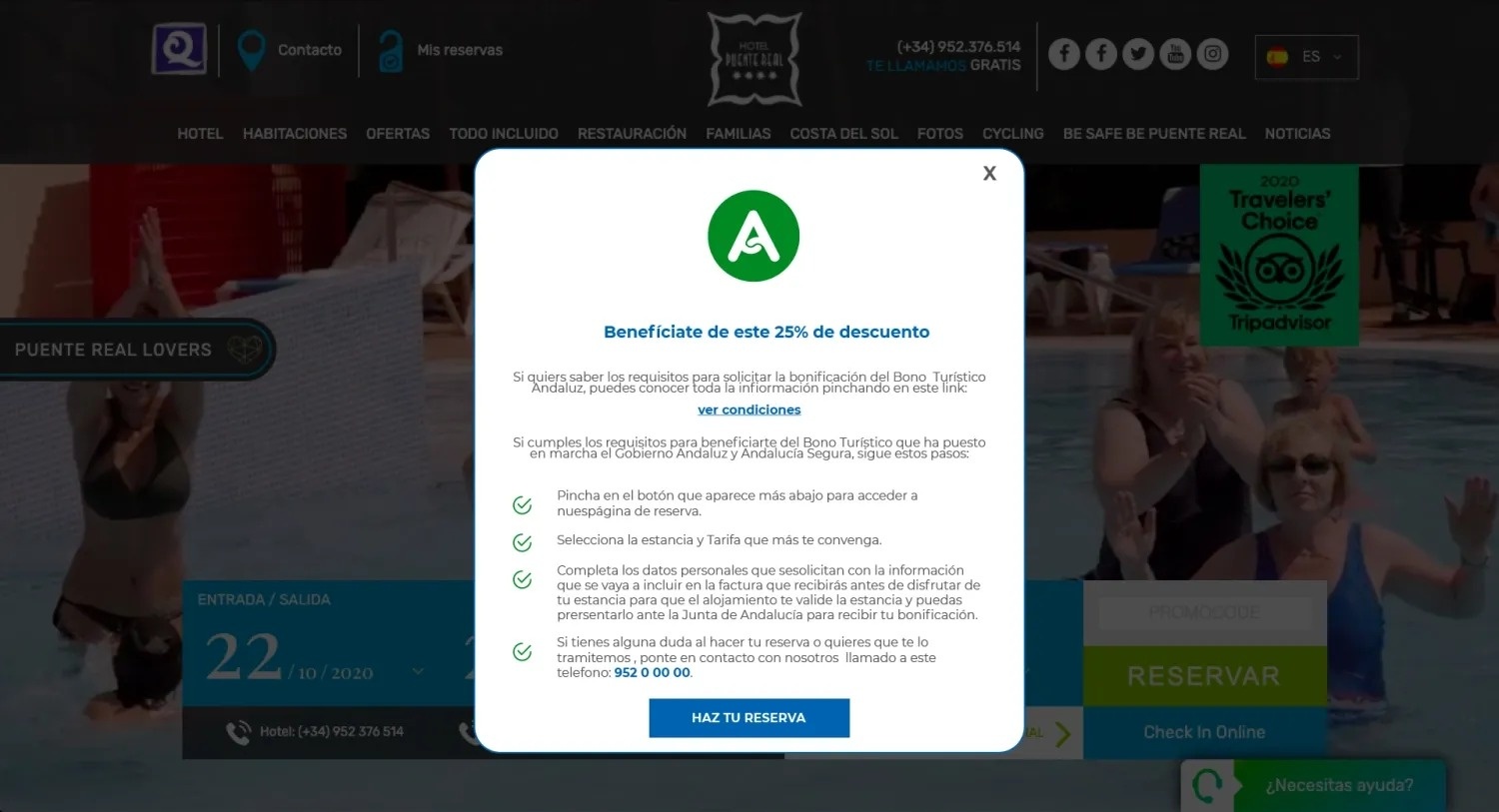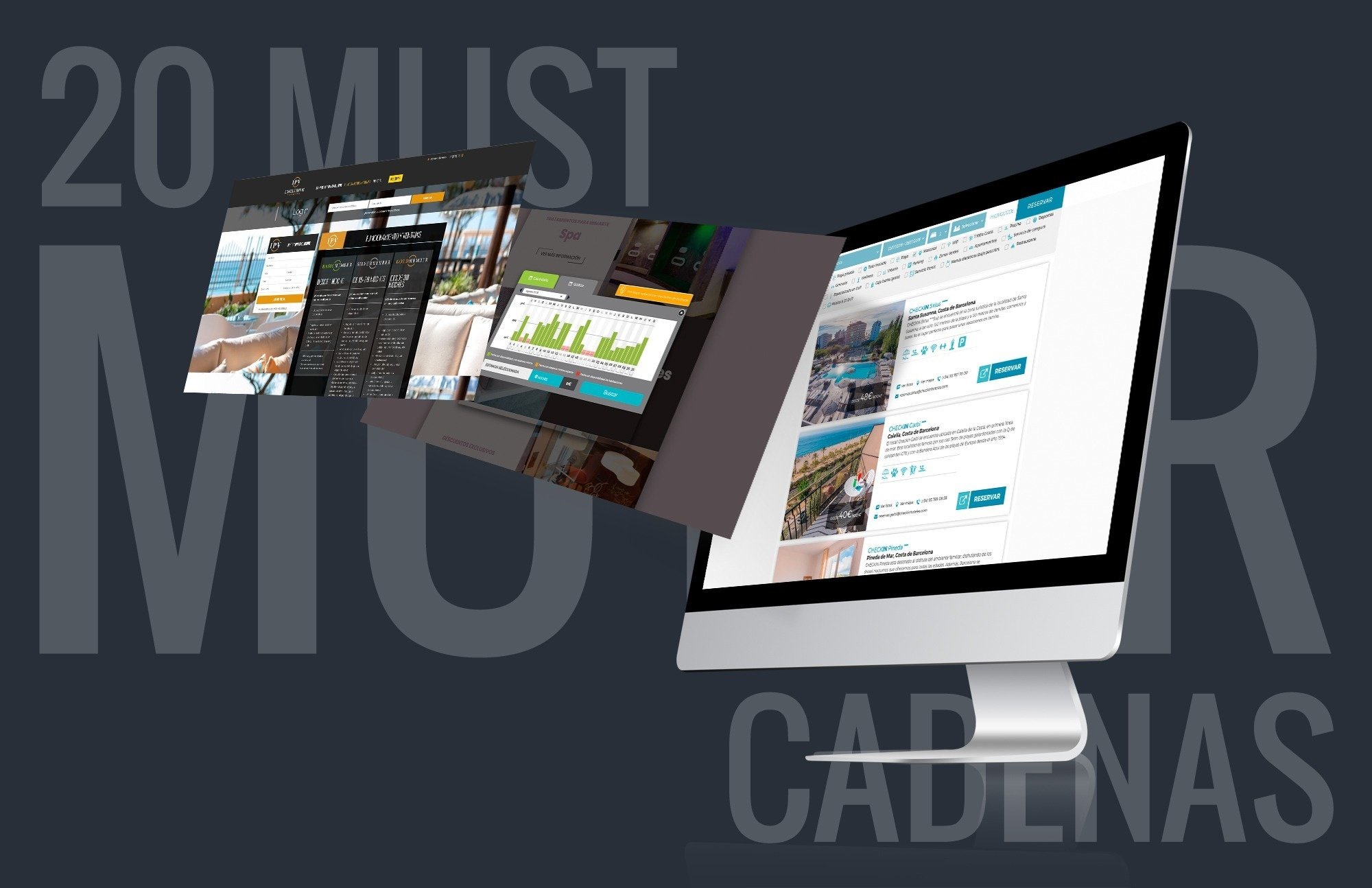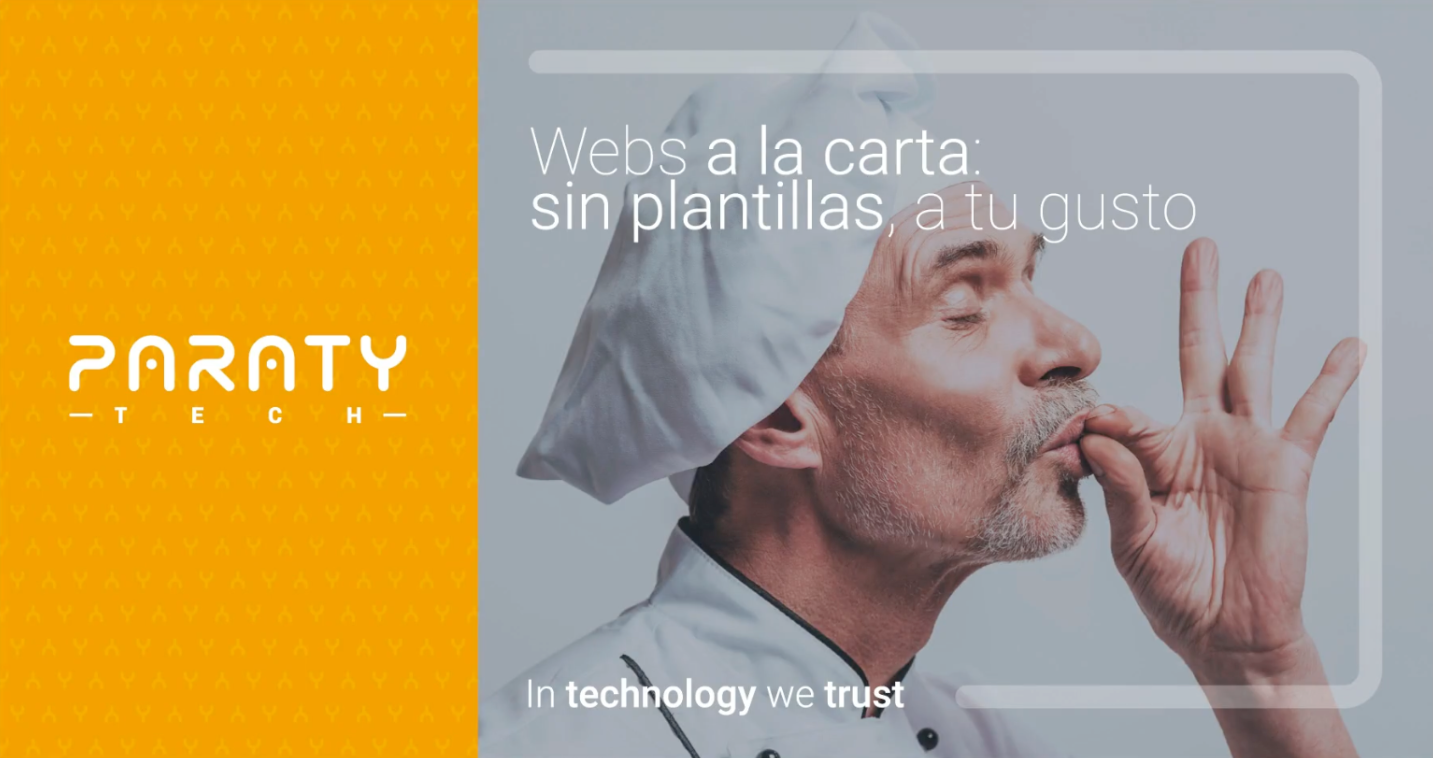The reservation journey 1: from Fax to XML 2.0
Booking Engine 22/08/2019
Our Lead Developer, Nacho Marín, immerses us in a beautiful story full of nostalgia, which will lead us, in its second installment, to ask ourselves the following question: do I have the right channel for my engine?
In the mid-19th century, a young Thomas Cook planned the first organized trip to a conference for a group of former alcoholics. Seeing the success he had, he founded the first Travel Agency in history, which would eventually become one of the most widespread tourist groups.
Although the first Spanish agency, Viajes Marsans, arrived in the 1930s, it was in the 1960s when our tourism boom shook all the foundations of the national economic structure. Spain became a country of services. Currently, almost 80% of our economy depends on this sector.
With the exception of regular customers, who contacted the hotel reception directly, practically the entire booking flow between tourists and the establishment was managed by travel agencies. At the same time, and almost inevitably, tour operators (or wholesale agencies) emerged, in charge of providing them with all the available hotel offerings, therefore becoming intermediaries in the reservation processes.
In the 90s, thanks to the technological revolution of the Internet, or because of it, OTAS (Online Travel Agency) appeared on the scene. In 1995 Microsoft created Expedia, and in 1999 the first Spanish OTA was created: viaje.com, later acquired by Rumbo.
In the Internet era, the same hotel room was shared by more than 10,000 physical travel agencies, scattered around the corners of each neighborhood, all the dotcoms on the network and, of course, the direct sales of the hotel. With the intention of trying to bring some order to this chaos, around the year 2000, the figure of the Channel Manager appeared, an online software in which the hotelier posted all their availability and rates, with the system itself being responsible for maintaining updated to OTAS and wholesalers.
But to explain this whole process better, I would like to tell you how I personally experienced the transformation of the sector.
In the midst of the crisis, at the beginning of 2007, after several years working in different programming companies, I landed at the dean of Andalusian wholesale travel agencies, located in the heart of the Costa del Sol. Their website, at that time, It was little more than a mere display, with its postal address and a list of telephone numbers. My goal: develop a booking engine for partner travel agencies.
The company consisted of three or four administrative staff, a team of salespeople, more than 30 agents working in the call center , and an IT department made up of two programmers: a man about to retire, and me, a kid about to get married. .
It should be noted that, before my arrival, 100% of the reservations were made by telephone, and that my partner was mainly dedicated to programming those green and black windows where the call guys typed, at a dizzying pace, to create the reservations ordered by the agencies, on the other end of the receiver. These reservations traveled automatically, via Fax, to the hotel and agencies. As a novelty, very recently they were also sent by email... Quite a step forward! And the beginning of a revolution.
A few months later, the first online reservation finally came in. The page was very well received by travel agencies who, right off the bat, could see availability, photos and videos, and view, on a single screen, the prices of all the regimes, without having to wait in line and listen. desperate waiting messages on our Call .
Gradually, more than half of the reservations were made online, although unfortunately many were on request , since real-time availability was not offered, and they still needed to be verified with the hotel before confirming them to the agency.
The company had undergone the first of its major transformations since my arrival: a new department had been created and more than half of the call center staff had been redirected to the web service department , dedicated body and soul to confirming previously made reservations. By the web.
Even so, reservations were still sent by email, with several addresses in copies: two or three from the hotel, as many from the agency and, of course, ours. And yet, it was not surprising that they ended up getting lost along the way, like lost tourists looking at an upside-down map. A large part of my work consisted of fighting with the hotels' computer scientists to prove to them that the email had, in fact, been sent to them. The problem was that there were a thousand reasons why an email could not have been read and all of them were difficult to prove or justify. Although, at the end of the day, the Rooming Lists were sent to the hotels, a way to compare with them all the reservations that had been made, overbookings were the order of the day.
One morning in 2008, my boss asked me: “Nacho, do you know what a Channel Manager is?” “Of course,” I replied (while Googling it). After a while I received my first connection protocol with a Channel Manager , which was nothing more (nor less) than a two-way text file exchange. That is, not only for downloading reservations, but for sharing prices and availability, this time yes... In real time!
These text files were formatted specifically to make them easy to read by computer programs. It was our dear friend, XML. As if it were a viral fad, in just one year, I had 5 more Channels lined up with which to establish a connection. The hotels were requiring the XML connection from us!
It is necessary to clarify that, until then, we had worked with what we called direct contracting, huge Word documents, in which prices and restrictions were indicated, day by day for the entire season, and which required an entire department. dedicated exclusively to entering rates by hand into our internal system. Thanks to the Channel Managers , it was no longer necessary. With a single integration, we could have hundreds of hotels connected. In other words, two weeks of work had been reduced to 5 minutes (the time necessary to ask the hotel for username, password and hotel code).
In addition, availability was in real time. Reservations on request had become a thing of the past. And most importantly, the reserves were directly integrated. A new transformation took place in the company structure: part of the direct hiring department became the XML incidents department, and there were no longer just two computer scientists, but five.
It has been five years since I joined Paraty Tech as technical manager. You have to see how time goes by... Currently, we are connected to more than 40 external systems ( Channel Managers , PMS, Metasearch engines, etc.), in places as far away as Japan and LATAM. We have established connection with Channels of all types: via XML, JSON, CSV, PULL type integrations, PUSH type, etc. Words like equisemeele , endpoint , cache , buffer , mappings , etc. They are no longer exclusive to computer science jargon. However, I think there are still some doubts about what types of Channel Managers can be found on the market and which one is most suitable for each type of engine.
When I talk to hotel reservation managers, or even to colleagues in the Revenue department, about whether the PULL connection has failed, or whether the XML was corrupted, I sense an uncomfortable silence on the phone that I attribute to some confusion. Without wanting to open a debate about which channel manager is better or worse (we can find dozens of articles on the matter), I will venture to give you some advice: if you are interested in hiring the services of a Channel , ask for feedback from companies in the sector. about the technical support they offer. A Channel can be better or worse from a technical and functional point of view, but if at six in the afternoon they do not answer the phone, and they are capable of leaving your sales closed, without providing a solution, for an entire weekend, It seems clear that it is not the appropriate option.
On the contrary, what I will try, in my next article, is to shed a little light on how it works, taking into account the type of connection, so that, when deciding on one, you know exactly how your availability and your reservations, and which one best suits your needs.
Rereading this article, before sending it to our Communications Director, looking for grammatical and spelling errors, I have come to the following conclusion: that first Voucher , our current voucher, created by Thomas Cook in 1887, has traveled a lot. In its journey, it has grown and has come of age, adapting precisely to the Internet revolution. It is no longer necessary to carry it neatly folded in those cardboard folders with the agency logo. It moves at the speed of light (well, really at the speed of the network).
It is difficult to know where the future will take us. This whole story (or trip to the past) that I just told has happened in just fifteen years. Who can venture to describe the next fifteen, given that yesterday, as they say, being in the cloud meant being absorbed? We'll see, but I'm sure of one thing: Paraty Tech will be there.
In the mid-19th century, a young Thomas Cook planned the first organized trip to a conference for a group of former alcoholics. Seeing the success he had, he founded the first Travel Agency in history, which would eventually become one of the most widespread tourist groups.
Although the first Spanish agency, Viajes Marsans, arrived in the 1930s, it was in the 1960s when our tourism boom shook all the foundations of the national economic structure. Spain became a country of services. Currently, almost 80% of our economy depends on this sector.
With the exception of regular customers, who contacted the hotel reception directly, practically the entire booking flow between tourists and the establishment was managed by travel agencies. At the same time, and almost inevitably, tour operators (or wholesale agencies) emerged, in charge of providing them with all the available hotel offerings, therefore becoming intermediaries in the reservation processes.
In the 90s, thanks to the technological revolution of the Internet, or because of it, OTAS (Online Travel Agency) appeared on the scene. In 1995 Microsoft created Expedia, and in 1999 the first Spanish OTA was created: viaje.com, later acquired by Rumbo.
In the Internet era, the same hotel room was shared by more than 10,000 physical travel agencies, scattered around the corners of each neighborhood, all the dotcoms on the network and, of course, the direct sales of the hotel. With the intention of trying to bring some order to this chaos, around the year 2000, the figure of the Channel Manager appeared, an online software in which the hotelier posted all their availability and rates, with the system itself being responsible for maintaining updated to OTAS and wholesalers.
But to explain this whole process better, I would like to tell you how I personally experienced the transformation of the sector.
In the midst of the crisis, at the beginning of 2007, after several years working in different programming companies, I landed at the dean of Andalusian wholesale travel agencies, located in the heart of the Costa del Sol. Their website, at that time, It was little more than a mere display, with its postal address and a list of telephone numbers. My goal: develop a booking engine for partner travel agencies.
The company consisted of three or four administrative staff, a team of salespeople, more than 30 agents working in the call center , and an IT department made up of two programmers: a man about to retire, and me, a kid about to get married. .
It should be noted that, before my arrival, 100% of the reservations were made by telephone, and that my partner was mainly dedicated to programming those green and black windows where the call guys typed, at a dizzying pace, to create the reservations ordered by the agencies, on the other end of the receiver. These reservations traveled automatically, via Fax, to the hotel and agencies. As a novelty, very recently they were also sent by email... Quite a step forward! And the beginning of a revolution.
A few months later, the first online reservation finally came in. The page was very well received by travel agencies who, right off the bat, could see availability, photos and videos, and view, on a single screen, the prices of all the regimes, without having to wait in line and listen. desperate waiting messages on our Call .
Gradually, more than half of the reservations were made online, although unfortunately many were on request , since real-time availability was not offered, and they still needed to be verified with the hotel before confirming them to the agency.
The company had undergone the first of its major transformations since my arrival: a new department had been created and more than half of the call center staff had been redirected to the web service department , dedicated body and soul to confirming previously made reservations. By the web.
Even so, reservations were still sent by email, with several addresses in copies: two or three from the hotel, as many from the agency and, of course, ours. And yet, it was not surprising that they ended up getting lost along the way, like lost tourists looking at an upside-down map. A large part of my work consisted of fighting with the hotels' computer scientists to prove to them that the email had, in fact, been sent to them. The problem was that there were a thousand reasons why an email could not have been read and all of them were difficult to prove or justify. Although, at the end of the day, the Rooming Lists were sent to the hotels, a way to compare with them all the reservations that had been made, overbookings were the order of the day.
One morning in 2008, my boss asked me: “Nacho, do you know what a Channel Manager is?” “Of course,” I replied (while Googling it). After a while I received my first connection protocol with a Channel Manager , which was nothing more (nor less) than a two-way text file exchange. That is, not only for downloading reservations, but for sharing prices and availability, this time yes... In real time!
These text files were formatted specifically to make them easy to read by computer programs. It was our dear friend, XML. As if it were a viral fad, in just one year, I had 5 more Channels lined up with which to establish a connection. The hotels were requiring the XML connection from us!
It is necessary to clarify that, until then, we had worked with what we called direct contracting, huge Word documents, in which prices and restrictions were indicated, day by day for the entire season, and which required an entire department. dedicated exclusively to entering rates by hand into our internal system. Thanks to the Channel Managers , it was no longer necessary. With a single integration, we could have hundreds of hotels connected. In other words, two weeks of work had been reduced to 5 minutes (the time necessary to ask the hotel for username, password and hotel code).
In addition, availability was in real time. Reservations on request had become a thing of the past. And most importantly, the reserves were directly integrated. A new transformation took place in the company structure: part of the direct hiring department became the XML incidents department, and there were no longer just two computer scientists, but five.
It has been five years since I joined Paraty Tech as technical manager. You have to see how time goes by... Currently, we are connected to more than 40 external systems ( Channel Managers , PMS, Metasearch engines, etc.), in places as far away as Japan and LATAM. We have established connection with Channels of all types: via XML, JSON, CSV, PULL type integrations, PUSH type, etc. Words like equisemeele , endpoint , cache , buffer , mappings , etc. They are no longer exclusive to computer science jargon. However, I think there are still some doubts about what types of Channel Managers can be found on the market and which one is most suitable for each type of engine.
When I talk to hotel reservation managers, or even to colleagues in the Revenue department, about whether the PULL connection has failed, or whether the XML was corrupted, I sense an uncomfortable silence on the phone that I attribute to some confusion. Without wanting to open a debate about which channel manager is better or worse (we can find dozens of articles on the matter), I will venture to give you some advice: if you are interested in hiring the services of a Channel , ask for feedback from companies in the sector. about the technical support they offer. A Channel can be better or worse from a technical and functional point of view, but if at six in the afternoon they do not answer the phone, and they are capable of leaving your sales closed, without providing a solution, for an entire weekend, It seems clear that it is not the appropriate option.
On the contrary, what I will try, in my next article, is to shed a little light on how it works, taking into account the type of connection, so that, when deciding on one, you know exactly how your availability and your reservations, and which one best suits your needs.
Rereading this article, before sending it to our Communications Director, looking for grammatical and spelling errors, I have come to the following conclusion: that first Voucher , our current voucher, created by Thomas Cook in 1887, has traveled a lot. In its journey, it has grown and has come of age, adapting precisely to the Internet revolution. It is no longer necessary to carry it neatly folded in those cardboard folders with the agency logo. It moves at the speed of light (well, really at the speed of the network).
It is difficult to know where the future will take us. This whole story (or trip to the past) that I just told has happened in just fifteen years. Who can venture to describe the next fifteen, given that yesterday, as they say, being in the cloud meant being absorbed? We'll see, but I'm sure of one thing: Paraty Tech will be there.














